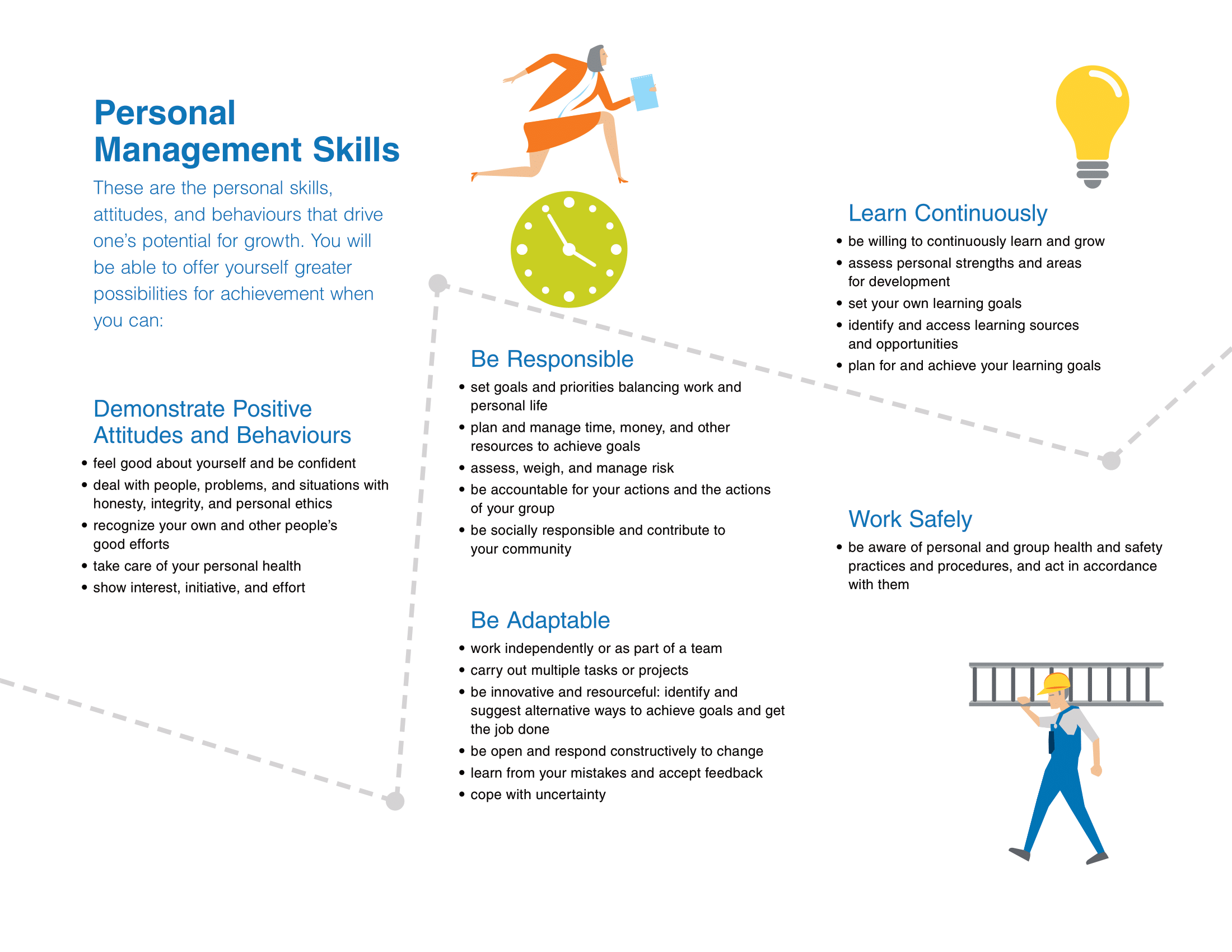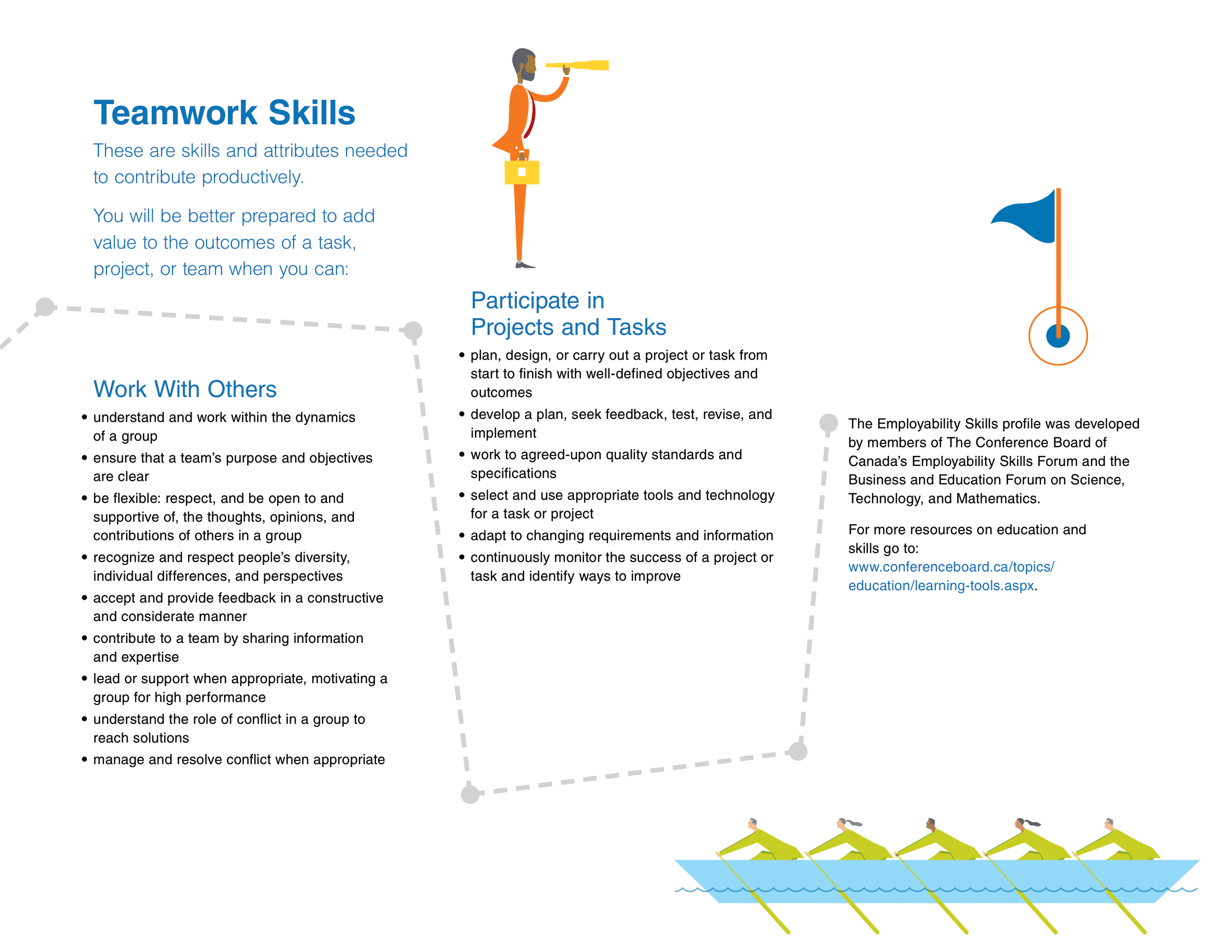Day 3: Agenda and Resources
Why use Collaborative Learning? (Group 3)
Why use Collaborative Learning?
- You will have ~10-15 minutes to prepare as a group.
- You may use the resources provided here to help with content expertise, along with any other knowledge you may have on the topic.
- Teach your colleagues the answer to your question (so, yes, we are asking you to come up with a lesson together).
- You will have 5 minutes (maximum) to teach when we return from breakout rooms.
Group 3: Why Use Collaborative Learning?
(Johnson, David W., Roger T. Johnson, and Karl A. Smith. 1998. Active learning: Cooperation in the college classroom. (Second Edition). Edina, MN: Interaction Book Company.)
Research on College Environments
Neurologists and cognitive scientists agree that people “build” their own minds throughout life by actively constructing the mental structures that connect and organize bits of information. The evidence is clear that we cannot “transfer” our knowledge ready-made into students’ minds. Instead, students must do the work of learning by actively making connections and organizing learning into meaningful concepts.
Alexander Astin’s large-scale statistical studies across hundreds of colleges and thousands of students concluded that two factors had special potency in academic achievement, personal development and satisfaction:
- student-student interactions
- student-faculty interactions.
Richard Light (in 570 interviews of Harvard undergraduates) similarly found that students who get the most out of college, organize their time to include interpersonal activities related to academic work with faculty members, or with fellow students (Light, 1992).
Springer, Stanne and Donovan (1999) conducted an impressive meta-analysis of the effects of small-group learning on student achievement, persistence (rather than dropping out), and attitudes. They focused on classes in undergraduate science, technology, engineering, and math (STEM). They located 383 reports, and 39 met their exacting requirements for adequate research. Major conclusions were:
- SMET students who learned in small groups demonstrated greater achievement than students in traditional instruction (d=.51, which is roughly equivalent to moving a student from the 50th to the 70th percentile on a standardized test).
- Student persistence was significantly higher (d=.46, which is enough to reduce attrition by 22%)
- Findings were equally positive for men and women, SMET majors and non-majors, first-year and other students, and for underrepresented minorities.
- Small-group learning leads to more favourable attitudes toward learning of the material.
- Out-of-class meeting (typically study sessions) have greater effects on achievement than in-class collaboration, but in-class collaborations have more favourable effects on student attitudes.
They concluded that students who learn in small groups generally demonstrated greater academic achievement, more favourable attitudes toward learning, and persisted through SMET courses to a greater extent than those who were traditionally taught. The reported effects are relatively large, and have implications for teaching (Springer, Stanne & Donovan, 1999).
Cooperative and collaborative learning approaches consistently produce outcomes superior to traditional competitive approaches -perhaps because they motivate students to become more active and more involved in the learning process (Astin, 1993).
Employability Skills




Media Attributions
- CollabLearning-Why-ConfBoardCanada-1
- CollabLearning-Why-ConfBoardCanada-2
- CollabLearning-Why-ConfBoardCanada-3
- CollabLearning-Why-ConfBoardCanada-4

